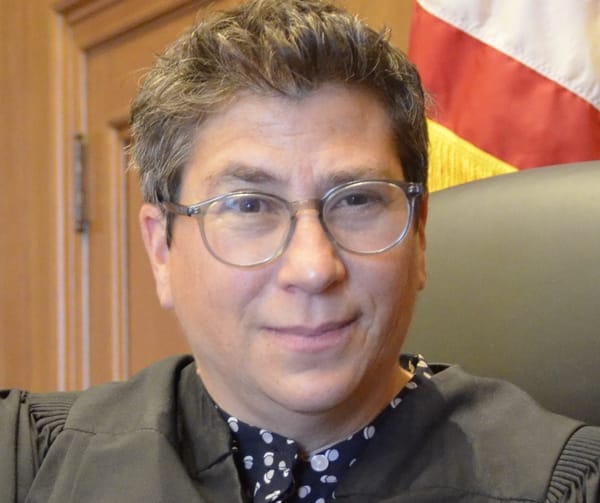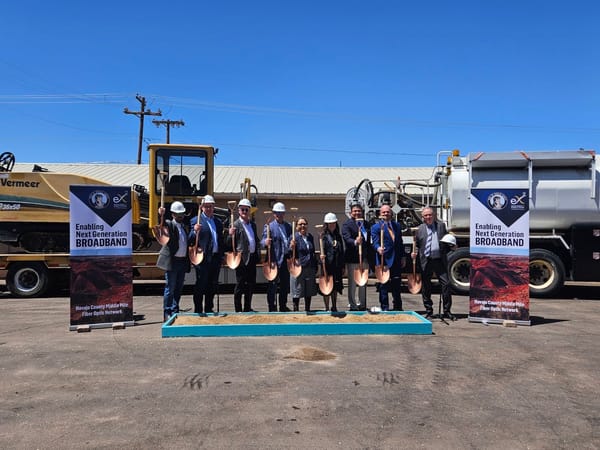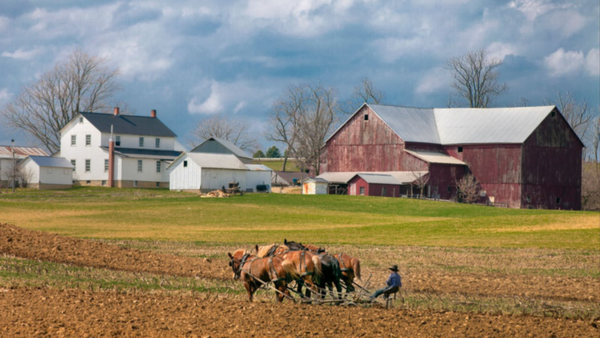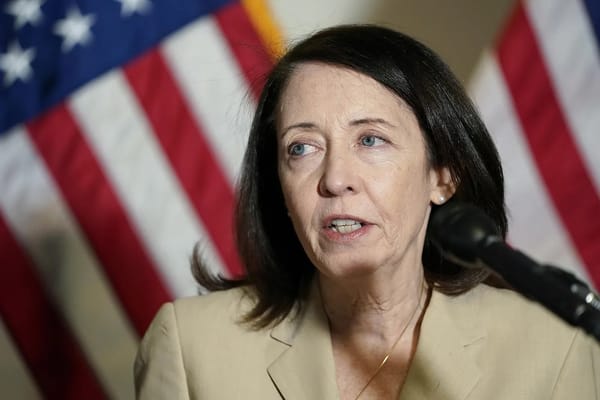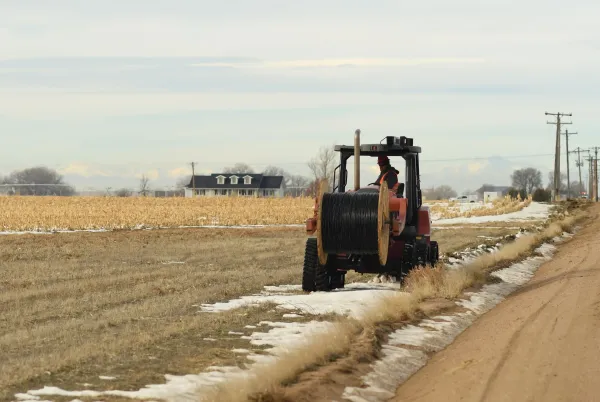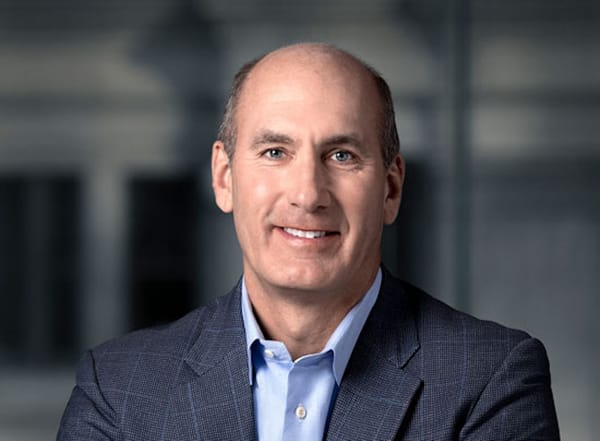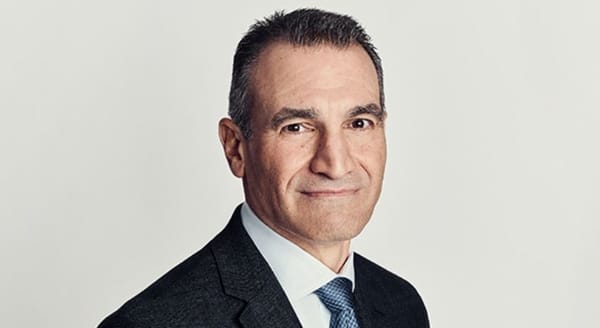Drew Clark: What Henry Clay’s and Abraham Lincoln’s ‘Internal Improvements’ Means for Gigabit Infrastructure Today
Editor’s Note: This column, “Once ‘Athens of the West,’ a Kentucky city seeks revival and improvements [http://www.deseretnews.com/article/865638238/Drew-Clark-Once-Athens-of-the-West-a-Kentucky-city-seeks-revival-and-improvements.html?pg=all],” was originally published in the Deseret News of Salt L
Editor’s Note: This column, “Once ‘Athens of the West,’ a Kentucky city seeks revival and improvements,” was originally published in the Deseret News of Salt Lake City, Utah. Here is a complete list of Drew Clark’s weekly columns for the paper.
LEXINGTON, Ky. — This city now best-known for horse racing and bourbon was, 200 years ago, once described as the “Athens of the West.”
And while east-central Kentucky has since gone through its economic ups and downs, last month the state’s civic leaders announced an ambitious fiber-optic development project that boosters say will once again put Kentucky in the national spotlight.
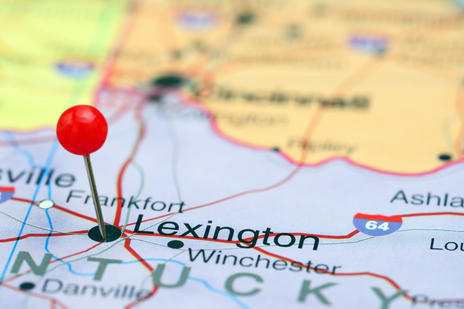
Lexington enjoyed its early heyday from its founding in 1787 until the early decades of the 19th century. Its most notable resident was Henry Clay, the lawyer who became one of the three most influential national legislators (with Daniel Webster and John C. Calhoun) of the antebellum era.
Clay, the founder of the Whig Party, was a vigorous advocate of the “American System” of internal improvements. Today we would describe these as infrastructure investments.
It was the internal improvement sought by Clay that made transportation possible across the Western frontier. They began creating a truly national marketplace.
Lexington bequeathed us another figure sympathetic to the Whig cause: Mary Todd Lincoln. Visiting the museum here that was her home, I learned that her father — a member of the Kentucky Legislature — frequently invited his politically minded young daughter to sit in on meetings with constituents.
Mary Todd left Lexington, or course. More than 400 miles west, in Springfield, Illinois, she met and fell in love with a more hardscrabble Kentuckian. Abraham Lincoln also was a strong proponent of “internal improvements.”
Indeed, Lincoln’s first political brochure as a young man running for the state Legislature included this statement: “Time and experience have verified to a demonstration, the public utility of internal improvements. That the poorest and most thinly populated countries would be greatly benefitted by the opening of good roads, and in the clearing of navigable streams within their limits, is what no person will deny.”
Today, America knows and reveres President Lincoln for his belief in equal opportunity. But what is it about this core value that connects him to the principle that brought him into public life?
“Lincoln knew firsthand the deprivations, the marginal livelihood of the subsistence farmer unable to bring produce to market without dependable roads,” writes historian Doris Kearns Goodwin. “Primitive roads, clogged waterways, lack of rail connections, inadequate schools — such were not merely issues to Lincoln, but hurdles he had worked all his life to overcome in order to earn an ampler share of freedom.”
And so it is today that modern-day Kentuckians are returning, in a bipartisan fashion, to the political creed of Henry Clay and Abraham Lincoln.
The project has the blessing of Democratic Gov. Steve Bashear and House Appropriations Committee Chairman Hal Rogers, a Republican from eastern Kentucky. The object of their “internal improvements” is a statewide public-private broadband network called Kentucky Wired.
Unveiled at the Broadband Communities conference here by Lt. Gov. Crit Luallen, this 3,400-mile gigabit network will be an open access network available to everyone. Financed and built primarily by Macquarie Capital, an Australian infrastructure company, Kentucky Wired is controlled and ultimately owned by the state government.
The project is indeed best analogized to a state highway.
In our interconnected digital world, bits of light travel from San Francisco to Chicago to Washington over plentiful and inexpensive “backhaul” networks. These are like interstate highways.
Viewed in the other direction, from the vantage point of a home, a consumer uploading video files onto YouTube sends out data traveling over “last mile” connections, be they copper or co-axial or fiber. These are like neighborhood roads.
In the middle lies the “middle mile.” These are the fiber network that connect central cities to nodes, or access points, within each of the 140 county seats in Kentucky.
While some states, including Utah, have invested smartly in the middle mile, others like Kentucky have lagged far behind. Creating such an open access middle-mile network will allow any company to bring better and more competitive telecommunications to neighborhoods. Just as anyone could float their boat on a navigable river, these statewide highways of information commerce facilitate a now-global marketplace.
“Broadband is like electricity, water and sewer” service, said Luallen, adding that good-quality fiber-optic networks are as necessary for improving government services as for economic development. And yet in state rankings for Internet service, she said, “Kentucky ranked dead last.”
This new project is an effort to shift those fortunes. In the deal the state brokered with Macquarie, the Australian company finances and builds the $324 million network over three years. It also operates it for 30 years, and is paid when the state moves $29 million of annual telecommunications business onto the high-capacity Kentucky Wired.
For its modest initial investment, the state gets full ownership after 30 years. And more significantly, Kentucky citizens and businesses get reliable access to the infrastructure they need today.
Drew Clark is the Chairman of the Broadband Breakfast Club. He tracks the development of Gigabit Networks, broadband usage, the universal service fund and wireless policy @BroadbandCensus. He is also Of Counsel with the firm of Best Best & Krieger LLP, with offices in California and Washington, DC. He works with cities, special districts and private companies on planning, financing and coordinating efforts of the many partners necessary to construct broadband infrastructure and deploy “Smart City” applications. You can find him on LinkedIN, Google+ and Twitter. The articles and posts on BroadbandBreakfast.com and affiliated social media are not legal advice or legal services, do not constitute the creation of an attorney-client privilege, and represent the views of their respective authors.


